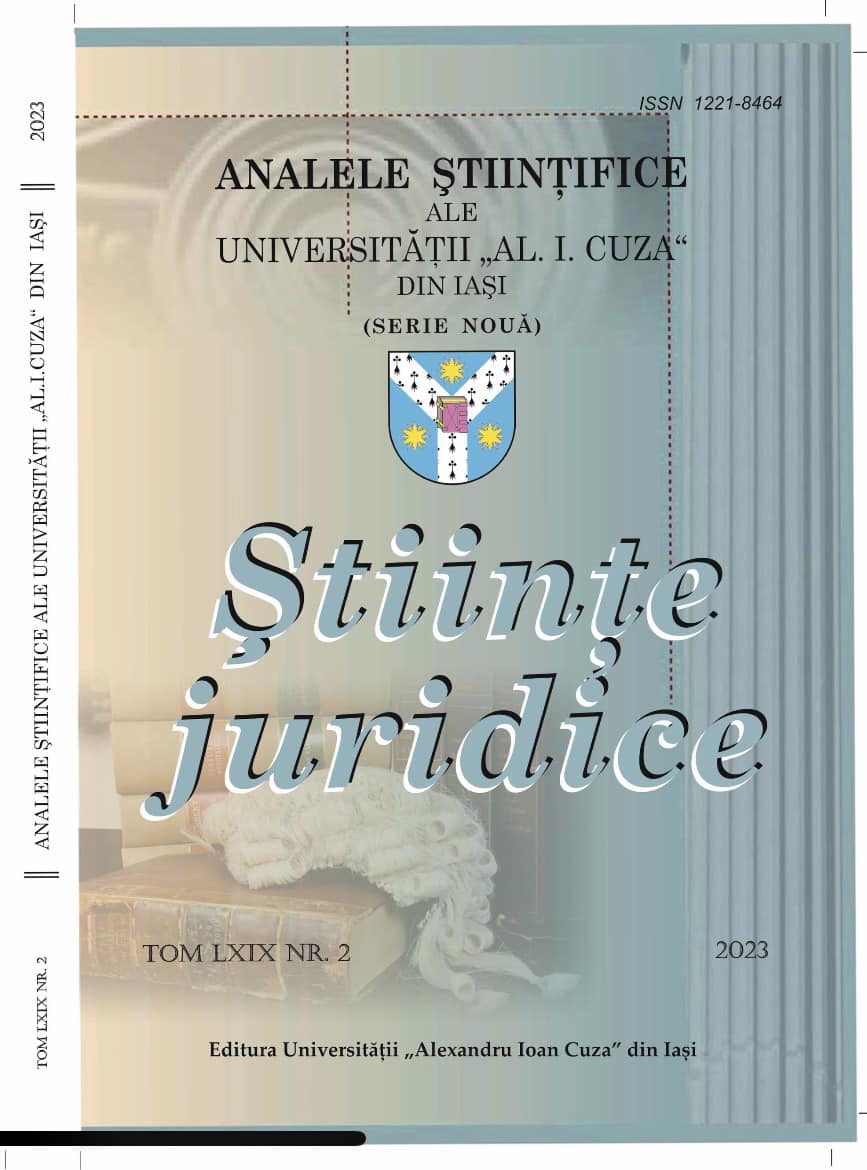Planificarea fiscală agresivă între evaziune fiscală și fraudă fiscală
Aggressive tax planning between tax evasion and tax fraud
Author(s): Cristina OneţSubject(s): Law on Economics, EU-Legislation, Administrative Law
Published by: Editura Universităţii »Alexandru Ioan Cuza« din Iaşi
Keywords: aggressive tax planning; tax evasion; tax fraud; information exchange; tax risk analysis;
Summary/Abstract: Although the Romanian legislation does not define the concept of tax evasion nor that of tax fraud, the specialized doctrine abounds in opinions regarding the extent and content of these concepts, some of them being of European inspiration. At the same time, European legislation has evolved in recent years from the European Commission Recommendation of 6 December 2012 on aggressive tax planning (2012/772/EU) and the Discussion Paper on the Recommendation on aggressive tax planning of the European Commission (Platform/006/2014), to a series of six directives on administrative cooperation in the field of taxation (Directive on Administrative Cooperation), which reflect the authorities’ need to have access to as much information as possible in order to be able to correctly calculate taxes and, in particular, tax on profits made by companies and, implicitly, to combat tax fraud and evasion. The European Commission recommends introducing clauses to exclude artificial agreements in the national tax laws of the Member States, i.e. commercial transactions lacking economic content. They aim to avoid taxation and generate some tax advantages. Therefore, the first directive in the series of 6 (DAC 1) introduced the automatic exchange of information of interest to tax authorities and the standards of tax transparency expanded more and more. The following directives include financial information in the reporting standard, then new concepts such as the anticipated individual tax solution and the advance pricing agreement, after which it moved to countrybycountry reporting, and the DAC 5 includes the standards on authorities’ access to information in order to avoid money laundering. Thus, based on these directives, tax information regarding taxpayers from a certain country can circulate freely between EU tax authorities. Finally, DAC 6 (Directive 2018/822) establishes the rule of reporting crossborder transactions at tax risk, as well as the requirement that not only taxpayers, but also certain third parties (or intermediaries) report to the tax authority information regarding tax risks from crossborder transactions. This directive aligns the EU’s objectives with the OECD’s objectives, and on 1 September 2022, Romania published Order no. 2048, which implements the EU Directive on countrybycountry reporting (2021/2101). Last but not least, this paper addresses the new concept of aggressive tax planning by identifying it either as a tax evasion instrument or even one of tax fraud, depending on the means used and the fraudulent results obtained, as well as that of fiscal risk analysis seen as a tool to combat aggressive tax planning and tax evasion.
Journal: Analele Științifice ale Universităţii Alexandru Ioan Cuza din Iași, seria Ştiinţe Juridice
- Issue Year: LXIX/2023
- Issue No: 2
- Page Range: 135-148
- Page Count: 14
- Language: Romanian

